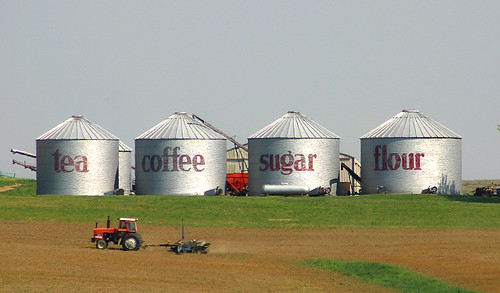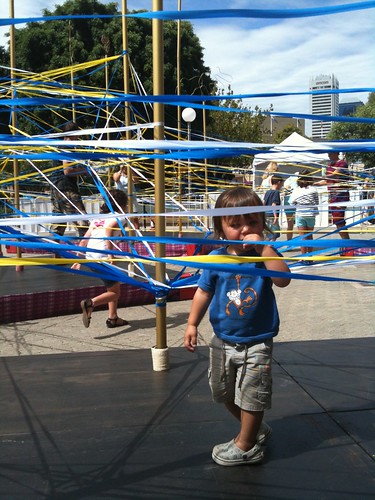Some of the concepts that resonated with me when reading Iseke's work include
- spirituality as decolonizing
- research as ceremony.
Iseke explains the work of the Elders as decolonizing work, which verifies "understandings of relationships to land, cosmos, and spiritual traditions embodied in their healing and ceremonial practices" (p. 36) that she explores in her paper titled Spirituality as decolonizing: Elders Albert Desjarlais, George McDermott, and Tom McCallum share understandings of life in healing practices (2013).
In terms of decolonizing then, Iseke notes, through her sharing in ceremonial practices with the Elders that
When one enters into the ceremonies and connects with the power of the land and all relations, it is no longer possible to continue to be in a colonized state. One is freed by grandfathers, the spirits, and the connections to Creator to live in a decolonized state (2013: 47).Attending Noel Nannup's storytelling series (The Carers of Everything creation story) this past month, to learn more about Nyoongar culture, has helped me realise the inextricable link between people, land and knowledge. Noel describes cultural practices as perpetuating the relationship between spirituality, culture and environment that has served Nyoongar peoples for thousands of years, and these practices are embodied - indeed lived - in ceremonial stories, songs, dance, and art.
In this regard, ceremony and ritual are profoundly important to enacting spirit and thus living a spiritually connected life, not separated from everyday practices and activities. As Iseke recounts, "life is lived like a ceremony" (2013: 38). The role of the Elders is pivotal to ensuring the authenticity and perpetuity of these cultural practices:
The Elders' presence ensured that the ceremonies invited and included all those present, including the mostly non-Indigenous [film] crew that learned something about how to live in ceremony from these [research] experiences (2013: 38).The presence of an inclusive ethos is evident to me in this quote too, another aspect I think is central to decolonizing - there must be "room in the tent" for us all.
Finally, Iseke recounts the advice from the Elders with whom she collaborates and notes that there is no substitute for direct experience; it is the way to truly understand ceremony and cultural practices, and ultimately decolonize ourselves through them:
The ceremonial practice of altering vibrations [eg. through music] helps us to be different and to connect to our understandings of the world at new levels and in new ways (2013: 50).Our evaluation is seen in a new and different way in light of these understandings, or investigations. I'm curious to talk more with the Nyoongar Elders and understand how they draw connections between country, family and spirituality. No doubt it will be another humbling conversation or ten!
This line of thinking takes my own inquiry into a more spiritual place, and I'm not sure yet what it means (or will mean), but will remain patient and take a leap of faith to explore it further.
Further reading:
Styres, S, 2011, Land as first teacher: A philosophical journey, Reflective Practice, Vol 12, No 6, 717-731: http://www.tandfonline.com/doi/pdf/10.1080/14623943.2011.601083Land as first teacher is a contemporary engagement with Indigenous philosophies derived from a land-centred culture and based on very old pedagogies. These very old pedagogies are an acknowledgment and an honouring of the art and science embedded in traditional teaching practices (2011: 717).







